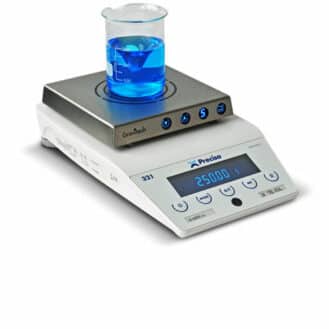A pulse oximeter is a medical device for non-invasively determining the oxygen saturation of the hemoglobin in the capillaries used to make the measurement.

A pulse oximeter is a medical device for non-invasively determining the oxygen saturation of the hemoglobin in the capillaries used to make the measurement.
Hemoglobin is a biological pigment found in red blood cells. When hemoglobin combines with oxygen during the oxygenation of blood in the lungs, it becomes oxyhemoglobin.
Oxyhemoglobin is a molecule that absorbs a large amount of infrared light when the latter passes through it. The principle of pulse oximetry measurement is therefore based on the absorption of infrared radiation by oxyhemoglobin.
In practice, a light-emitting diode emits infrared light to a photodiode through a capillary. The amount of infrared light absorbed by this capillary will therefore be proportional to the oxyhemoglobin concentration.

Huntleigh Diagnostics pulse oximeter with separate sensor
There are primary selection criteria when purchasing a pulse oximeter, such as the measurement reliability, and secondary selection criteria, such as the readability.
Using a pulse oximeter has several advantages, such as its non-invasiveness, as well as some disadvantages, such as the fact that it cannot warn of a respiratory problem before it occurs. Here is a list of the main advantages and disadvantages:

Beurer pulse oximeter
Using a pulse oximeter is simple and generally similar for each device. The main steps to follow are as follows:

Lepu Medical pediatric pulse oximeter
Certain factors can influence the measurement and distort the results of a pulse oximeter, such as a patient’s low blood pressure or heart rhythm disorders. The following is a non-exhaustive list of these factors:


